Detailed introduction of the University of Salamanca:
Introduction and Overview
Geographical location: Salamanca, Castile and León, Spain, is an ancient city with a history of nearly 3,000 years, 200 kilometers away from the capital Madrid. The sandstone of the surrounding mountains has created its unique urban style and is known as the "Golden City".
Student size: There are currently 30,446 undergraduate and master's students, 663 international students, 932 higher vocational education students and 2,050 doctoral students.
History and establishment time
The University of Salamanca was founded in 1218 by King Alfonso IX of Castile, but its true origin can be traced back to 1254, when Alfonso X established three chairs of canon law and one chair each of grammar, art and physics. In 1255, Pope Alexander IV recognized its university qualifications, making it the world's first university named "university".
School Strength
Teaching Quality: As the oldest university in Spain, it has a long teaching tradition and a high-quality education system. It has a wide range of disciplines, covering humanities, social sciences, natural sciences, medicine, law and other fields. Its teaching quality enjoys a high reputation both in Spain and internationally, and focuses on cultivating students' critical thinking, innovation and practical abilities.
Faculty: It has 2,453 academic staff members who have profound attainments and rich teaching experience in their respective research fields. They can provide professional guidance and support to students and help them achieve good development on the academic path.
Scientific Research Strength: It is an important public research university with fruitful scientific research results. It has carried out in-depth research in many disciplines, especially in humanities, law, medicine and other fields. It has significant research advantages and has made important contributions to promoting academic progress and social development.
Institutional Nature
Public University.
Educational Philosophy
Focus on inheriting and promoting excellent academic traditions, emphasizing the depth and breadth of knowledge, and cultivating students' humanistic qualities and comprehensive abilities. We are committed to combining academic research with social needs, providing students with a challenging and inspiring educational environment, cultivating professionals with social responsibility, innovative spirit and international vision, and promoting social development and progress.
Key laboratories and disciplines
Key disciplines: Linguistics, economics, law, Spanish as a foreign language teaching, pharmacology, intelligent systems, translation and interpretation, biotechnology, agricultural biotechnology, architecture and interior design, cultural heritage management and evaluation, etc., are well-known and influential in Spain and even internationally.
Key laboratories: Although no key laboratories with particularly prominent names have been found, judging from their disciplinary strength, the relevant majors should be equipped with relatively advanced scientific research facilities and experimental platforms.
Faculty Settings
The university has 26 faculties, divided into 17 departments and 9 professional colleges, covering a wide range of subject areas, including philosophy and literature, law, science, medicine, pharmacy, etc.
Ranking
Ranked 539th in the 2025 QS World University Rankings.
In the 2019-2020 ARWU World, CWTS World, THE World, USNWR Global Rankings, it ranks around 600-800.
Expenses
Tuition fees: Tuition fees for undergraduate and master's programs vary depending on the major, generally around 2000-3000 euros/year.
Living expenses: The living expenses in Salamanca are relatively low, about 500-800 euros/month, including accommodation, food, transportation and other expenses.
Campus environment
Campus distribution: There are three campuses in Salamanca, Ávila and Zamora. The main campus is located in Salamanca. The city and the university are intertwined. The campus buildings carry the rich art history of Spain. It is one of the world's famous university cities.
Teaching facilities: The school has modern teaching facilities, including libraries, laboratories, teaching buildings, etc., which provide good conditions for students' study and research. Its ancient library is one of the important symbols of the academic atmosphere.
Cultural and artistic atmosphere: Salamanca has a strong cultural atmosphere. It was listed as a World Cultural Heritage City by UNESCO in 1988 and was selected as the European Capital of Culture in 2002. Various cultural activities and academic lectures are often held on campus, providing students with a broad cultural exchange platform, so that students can fully experience the beauty of the integration of historical culture and modern academics.
-
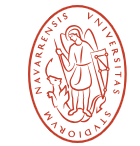
University of Navarra
-
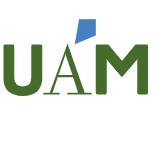
Autonomous University of Madrid
-

Polytechnic University of Catalonia
-

CEU University of San Pablo
-
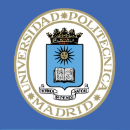
Technical University of Madrid
-

University of Lleida
-
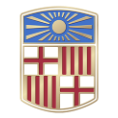
University of Barcelona
-

University of Oviedo
-

University of Salamanca
-
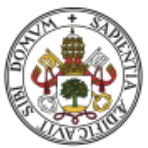
University of Valladolid
-

Mesoamerican University
-

Istmo University
-
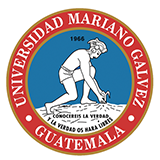
Mariano Galvez University of Guatemala
-
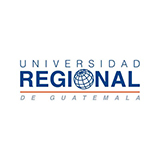
Regional University of Guatemala
-
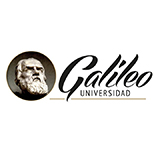
Galileo University
-
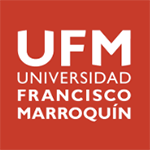
Francisco Marroquín University
-

Rafael Landívar University
-
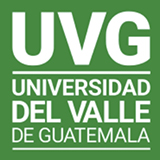
University of the Valley of Guatemala
-
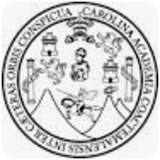
University of San Carlos of Guatemala
-

Technological Institute of Tlaxcala Plateau
-

Golfo University
-
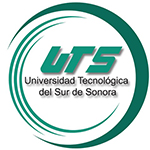
Technological University of South Sonora
-
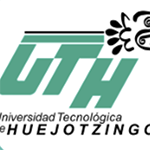
Technological University of Huejotzingo
-
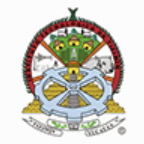
Tizimín Institute of Technology
-
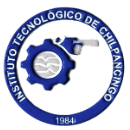
Chilpancingo Institute of Technology
